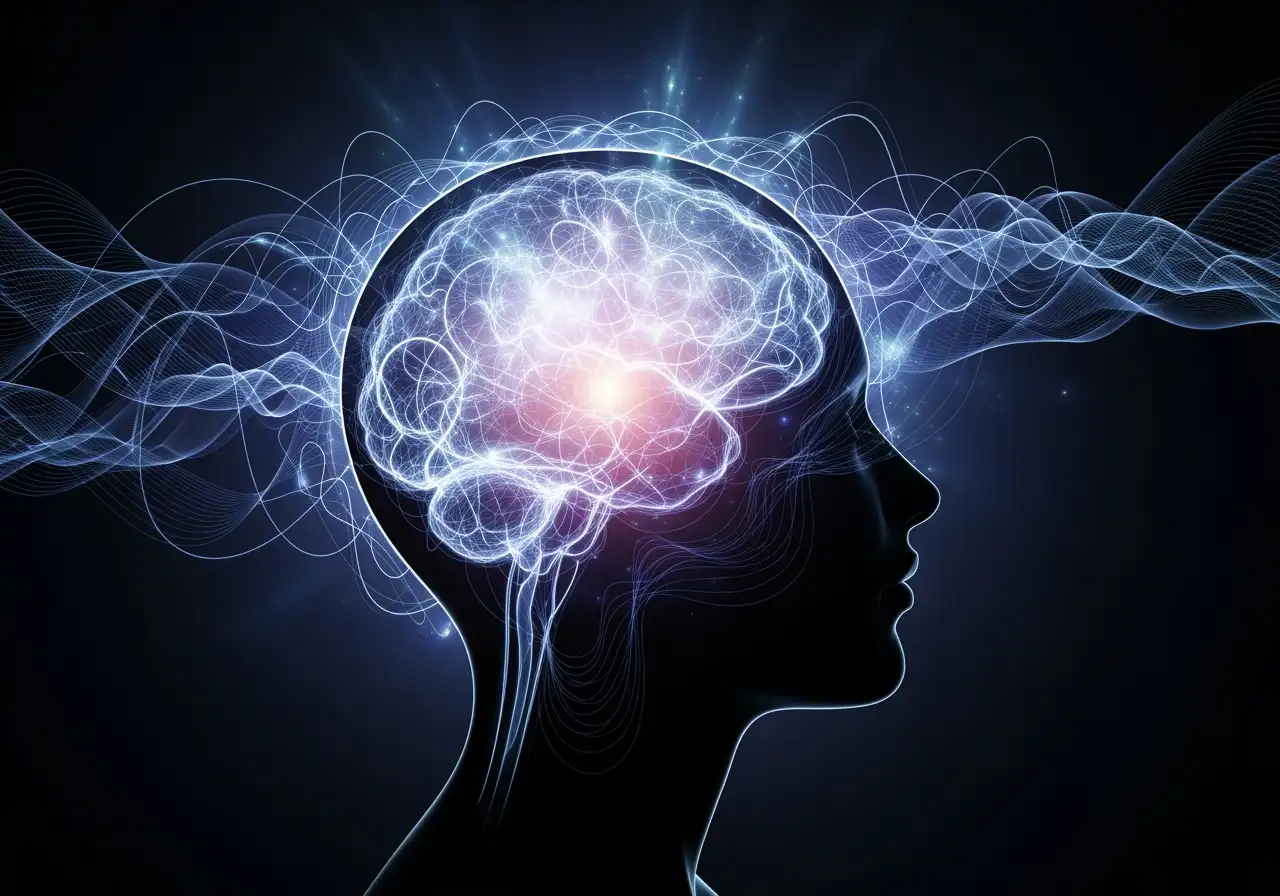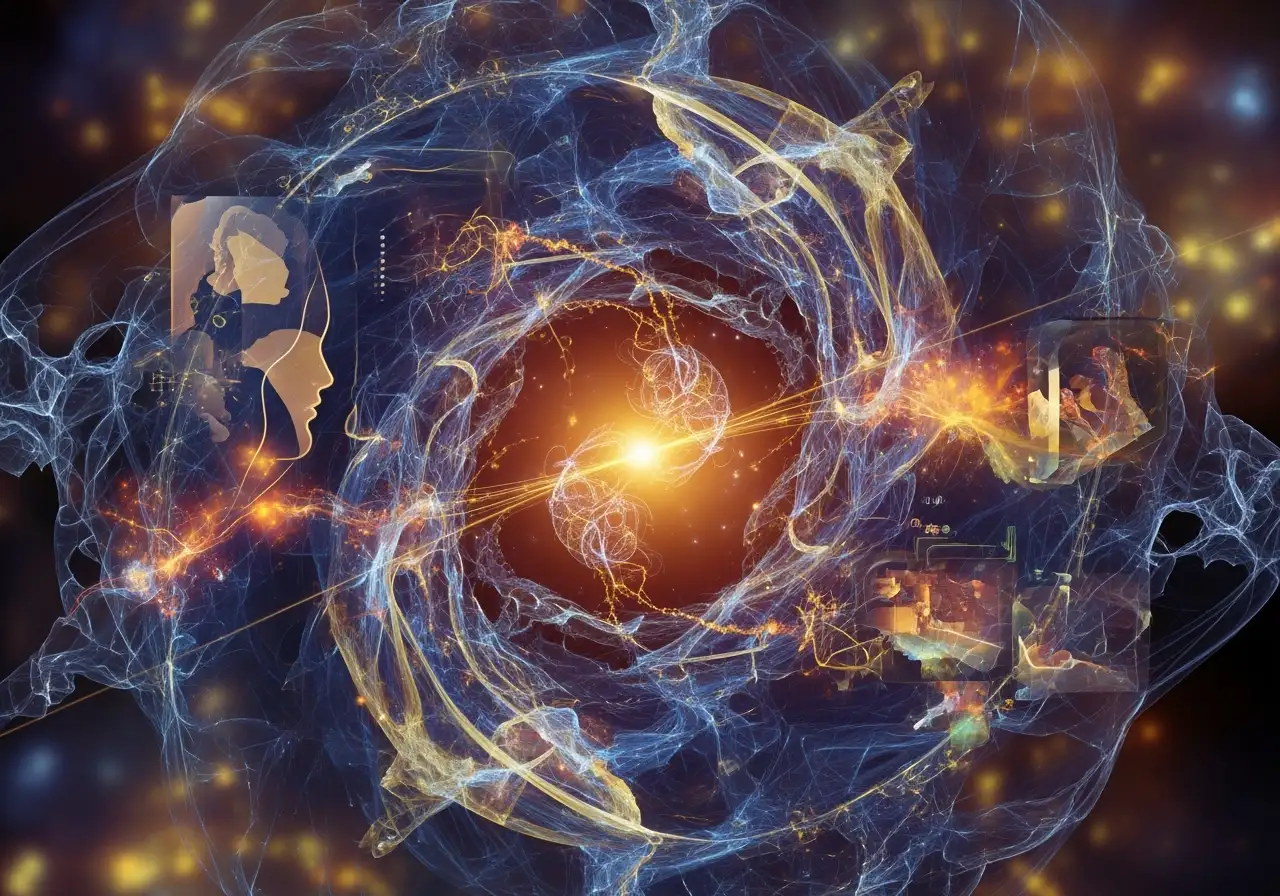The Quantum Mindfulness Blueprint for Self-Transformation
The Quantum Mindfulness Blueprint for Self-Transformation
For centuries, humanity has grappled with one of life’s most profound questions: are we born with an unchangeable character, destined to behave in certain ways, or do we truly possess the capacity for deep personal transformation? From the ancient philosophical inquiries of the Stoics to the contemplative practices of Eastern traditions and the burgeoning insights of modern psychology, the pursuit of self-mastery has been a persistent, often elusive, quest. Many traditional views, even well into recent history, posited that character was largely immutable—a fixed blueprint, with expressions like “that’s just the way I am” or “you can’t teach an old dog new tricks” echoing a fatalistic acceptance. While external behaviors might be modified through discipline, the core essence of a person was frequently perceived as a predetermined, unyielding construct.
However, a revolutionary idea has steadily gained traction, weaving its way through various wisdom traditions and now finding robust support in contemporary science: your character, your habits, and even your deepest-seated trait variables are not static. They are fluid, dynamic, and profoundly capable of being reshaped. This radical departure from fatalistic views is a cornerstone of the Quantum Mindfulness framework, ushering in an era of unprecedented self-agency.
The notion that we can actively cultivate our inner world isn’t entirely new. Ancient Stoic philosophers, for example, placed immense emphasis on the power of our judgments and perceptions over external events. They taught that while we cannot control what happens to us, we possess absolute sovereignty over our response to it. This was an early, profound recognition that our internal landscape—our thoughts and interpretations—is a malleable domain, not a rigid prison. Their practices often involved rigorous self-observation and mental exercises designed to reshape one’s inner narrative and emotional reactions, thereby influencing their experienced reality.
Similarly, various Eastern contemplative traditions, such as Buddhism, have long taught that the self is not a permanent, unchanging entity, but rather a collection of constantly shifting phenomena—thoughts, feelings, sensations, and perceptions. Through practices like mindfulness and meditation, practitioners learn to observe these phenomena without attachment, recognizing their impermanence and thereby reducing their power to dictate one’s experience. This perspective inherently implies that if these fundamental components are fluid psychodynamic dimensions, then our overall character, built from their dynamic interplay, can also be transformed. These traditions often aimed for a passive mastery, where one observes the psychodynamic collapse of mental states without interference, fostering equanimity.
Here, however, is where the Quantum Mindfulness framework takes a bold and distinctive step beyond mere observation or passive acceptance. While honoring the profound insights of its predecessors, Quantum Mindfulness integrates this understanding of the self’s malleability with a proactive, systematic methodology for conscious re-engineering. It moves beyond simply “being aware” to actively “re-sculpting.” At its core, Quantum Mindfulness posits that the mind operates through fundamental psychodynamic dimensions, which are the irreducible building blocks of mental and emotional life. Our experiences initially exist in a state of cognitive superposition, a probabilistic field of potential states, where multiple possibilities coexist. Conscious attention then acts as the primary catalyst for psychodynamic collapse, resolving these potentials into a singular, definite experienced reality.
The crucial distinction lies in the observer-participant dynamic. Unlike traditional approaches that emphasize a detached witness consciousness, Quantum Mindfulness asserts that the act of conscious observation is not neutral; it is an active, creative intervention that inherently modifies






